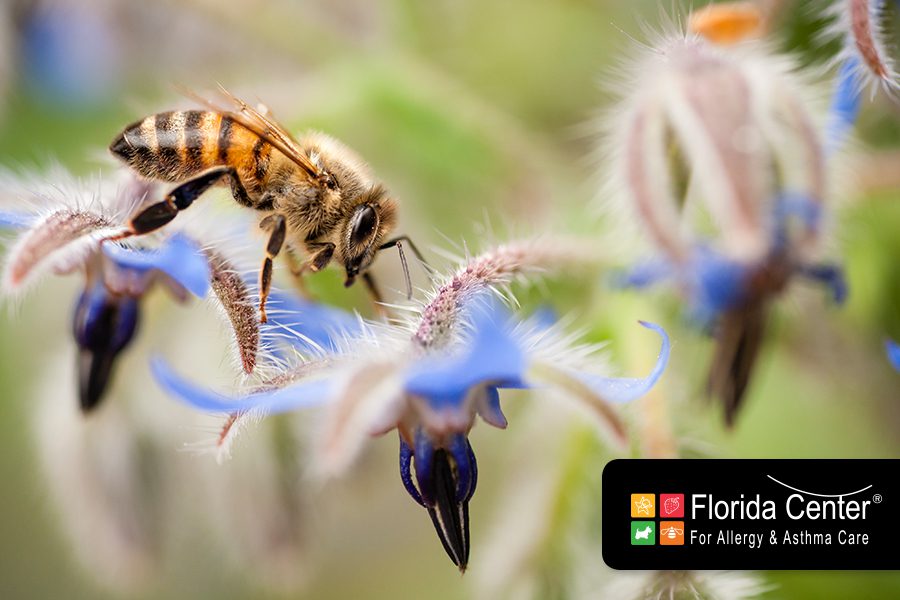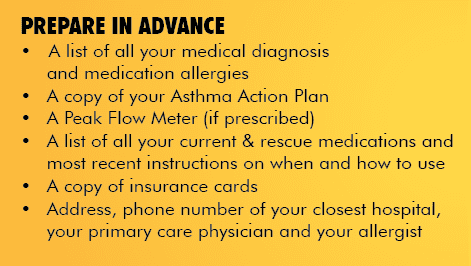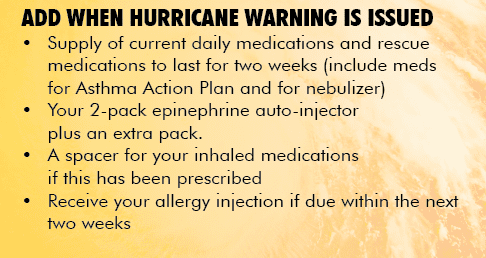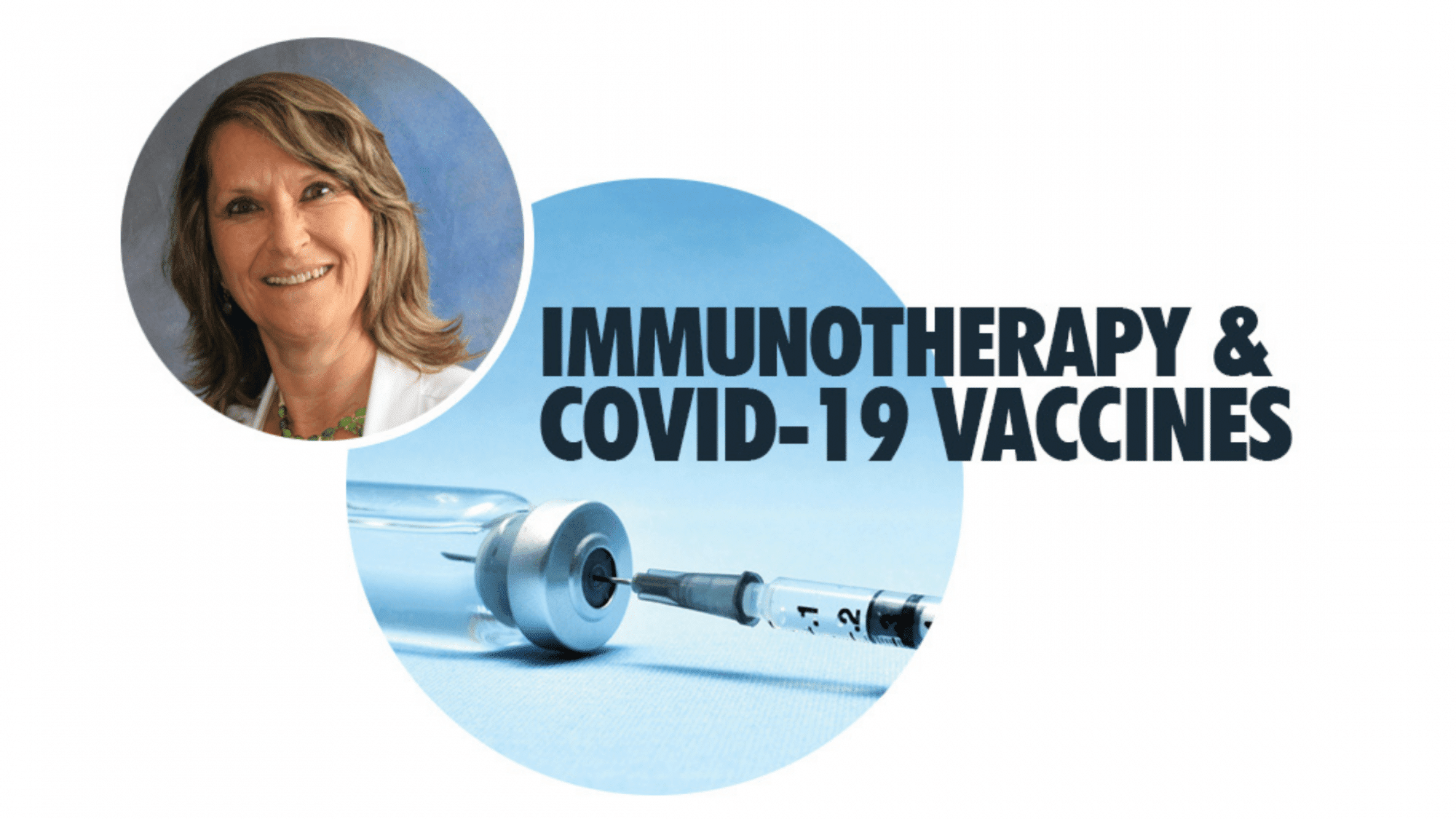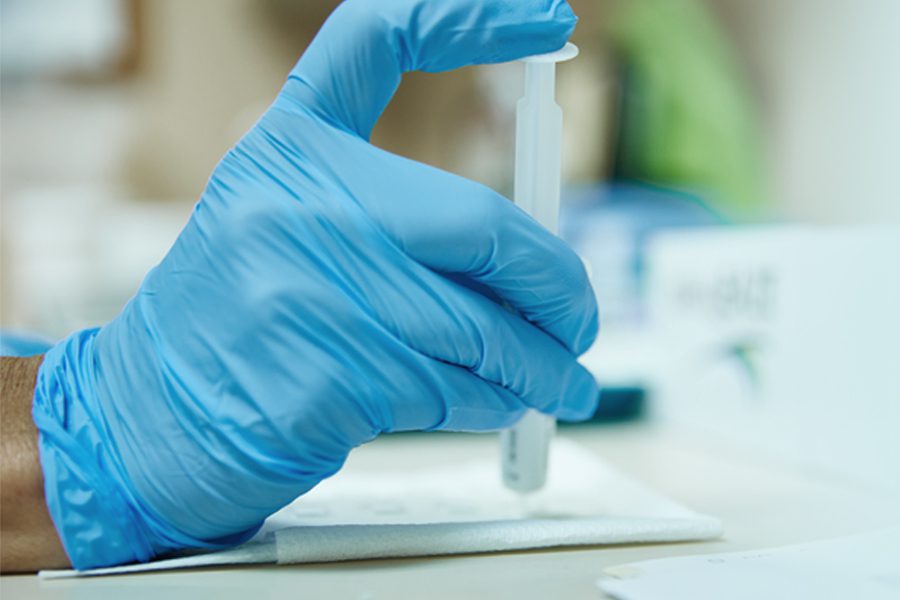“I want you to enjoy the fun and excitement of summer sports, outdoor activities, and travel without being troubled by your allergies and asthma. Please come see us for your best summer yet. Have a wonderful and safe summer.” – From our allergist/immunologist Tamar N. Rubin, MD
1. FIRE ANTS AND INSECT BITES ALLERGY
Although most people are not allergic to insect stings, the majority of insect stings in the United States come from wasps, yellow jackets, hornets and bees. The fire ant, which is related to other stinging insects, now infests more than 260 million acres in the southern United States. The most serious reaction to a fire ant sting is an allergic one and requires immediate medical attention. A ‘normal’ non-allergic reaction to fire ants includes redness and a pustule at the bite’s site.
Symptoms of an allergic reaction may include one or more of the following:
- Hives
- Tightness in the chest, difficulty in breathing
- Hoarse voice or swelling of the tongue or throat
- A more severe allergic reaction, or anaphylaxis
- Dizziness or a sharp drop in blood pressure
What to do:
Fire ant sting allergy is treated in a two-step approach: first an emergency treatment and the second step is preventive treatment that includes seeking treatment of an allergist.
How to avoid fire ant stings?
• Fire ants are most active in the summer and frequently build mounds in fields.
• Insect repellents DO NOT work against them.
• Avoid open toe shoes or walking barefoot in the grass. Shoes and socks provide protection and time to get away from a fire ant mound if stepped on accidently.
• Yard work and gardening should be done with caution.
• Keep prescribed medications handy at all times and follow instructions if you are stung.
2. CONTACT ALLERGY
A contact allergy is an allergic reaction to the skin when touched by ‘offensive’ chemicals. A common summertime contact allergy is to sunscreen products.
Symptoms:
• skin rash
• swelling
• itching
• bumps
• blisters
• pain
Causes: exposure to components and ingredients that can cause allergic reactions.
Reactions: contact allergies or dermatitis may be only at the location on the skin in contact with the offender or in some cases may spread to all sun exposed areas.
How to have fun under the sun without getting burned?
• Be thoughtful when choosing sunscreen and read the labels.
• If allergic to one of the ingredients, seek assistance from your allergist in finding a product not containing the element, but that will still protect you from the harmful UV rays.
3. POLLEN ALLERGY
Plants produce pollen grains meant for fertilization and pollination. Although pollen is meant for plants to reproduce, if inhaled can cause allergy/asthma symptoms:
• Sneezing
• Watery eyes
• Runny nose
• Nasal congestion
• Itchy throat
How to find out if you are allergic to pollen:
• See an allergist and get tested (skin testing)
Allergic to pollen: what to do?
• Avoid exposure (Fact: most pollens are released in the early morning hours).
• Monitor pollen and mold counts.
• Wear sunglasses to protect your eyes.
• Immunotherapy, or allergy shots can dramatically reduce allergy symptoms.
• Avoid gardening and yard work , especially during morning hours.
• Change clothing when you come indoor; wash hands and hair.
4. ASTHMA FLARE-UPS
If you suspect that you or your child suffer from asthma, your next step is to seek advice from an allergist. With proper treatment you should be able to participate to most sports and enjoy fireworks, barbecues and bonfires.
Symptoms:
• severe shortness of breath
• chest tightness
• coughing – especially at night, while exercising, or laughing
• wheezing
What to do:
• seek medical assistance, proceed to the nearest emergency room
• follow up with a specialist
• get tested and determine cause
• understand triggers and avoid household and environmental exposure at best
Asthma action plan.
Adopting an asthma action plan will provide handy instructions on how to proceed in case of an emergency. Besides educating your child and everyone around him to recognize the 3 “zones”:
green (doing well)
yellow (episode at inception, get ready)
red (alert call 9-1-1)
Remember to be S.A.F.E.
S.eek immediate assistance
Identify the A.llergen that caused the reaction
F.ollow up with a specialist
E.pinephrine carry it at any time
5. HURRICANE-READY CHECKLIST


